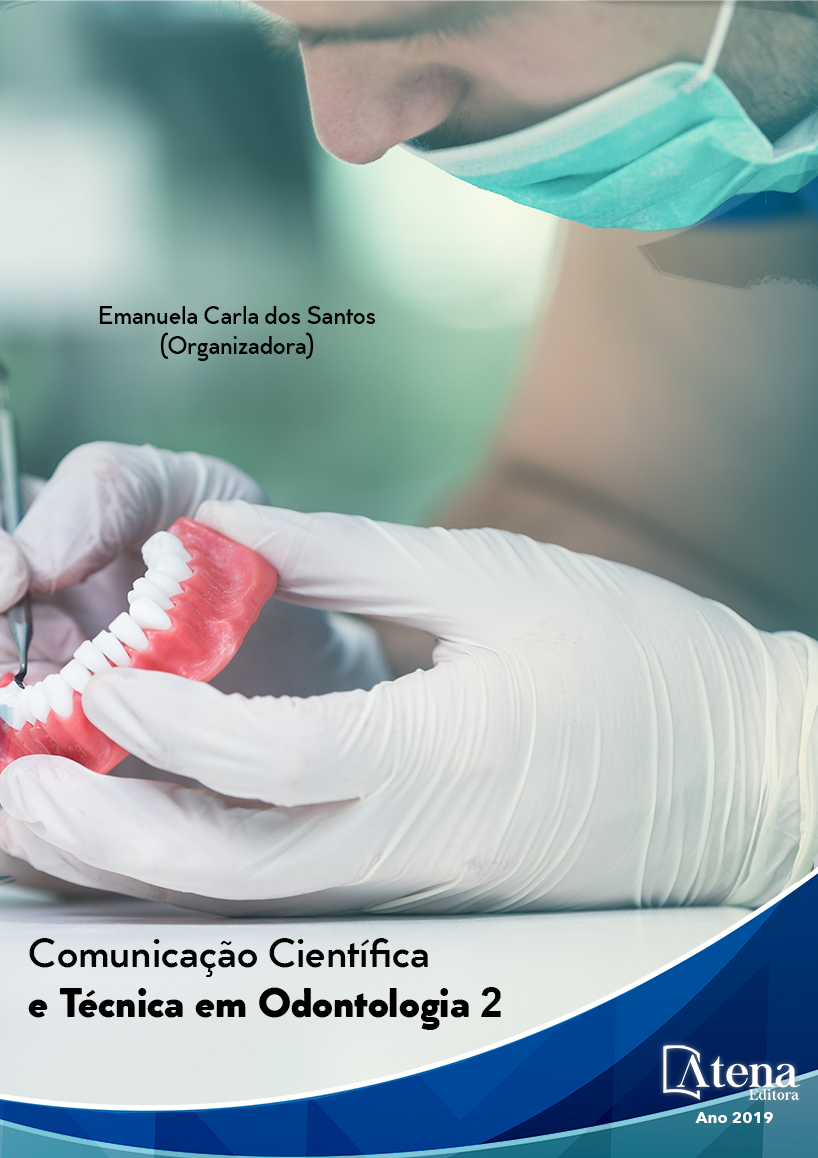
DETERMINANTES DA UTILIZAÇÃO DE SERVIÇOS ODONTOLÓGICOS NA GESTAÇÃO: UM ESTUDO COM MULHERES USUÁRIAS DO SISTEMA ÚNICO DE SAÚDE EM PONTA GROSSA-PR
O presente trabalho buscou realizar
um diagnóstico situacional da utilização de
serviços odontológicos na gravidez por usuárias
do Sistema Único de Saúde (SUS) da zona
urbana de Ponta Grossa – PR, identificando sua
relação com determinantes sociodemográficos,
presença de equipes de saúde bucal (ESB)
na Estratégia Saúde da Família (ESF) no
local da residência e autopercepção da saúde
bucal. Foi delineado um estudo transversal
envolvendo amostra probabilística de 386
puérperas, que compareceram à primeira
consulta de puericultura do bebê no Ambulatório
do Recém-Nato de Risco entre 2014 e 2015.
Estas foram convidadas a responder um
formulário estruturado e os dados foram
tabulados e submetidos à análise de regressão
múltipla de Poisson. Os resultados mostram
que a prevalência da utilização dos serviços
odontológicos foi de 45,1%, a qual ocorreu
mais entre as gestantes de alta escolaridade
(p<0,05), residentes em locais onde há ESF
com atuação de ESB (p<0,001), que se
consideraram satisfeitas com sua saúde bucal
(p<0,01) e que relataram problemas bucais
durante a gravidez (p<0,01). Dessa maneira,
faz-se necessário a ampliação do acesso à
informação sobre saúde bucal e ao tratamento
odontológico na gestação, o que é favorecido
pela presença de Equipes de Saúde Bucal na
Estratégia Saúde da Família.
DETERMINANTES DA UTILIZAÇÃO DE SERVIÇOS ODONTOLÓGICOS NA GESTAÇÃO: UM ESTUDO COM MULHERES USUÁRIAS DO SISTEMA ÚNICO DE SAÚDE EM PONTA GROSSA-PR
-
DOI: 10.22533/at.ed.26519290324
-
Palavras-chave: Gestação; Saúde bucal; Sistema Único de Saúde
-
Keywords: PREGNANCY; ORAL HEALTH; NATIONAL HEALTH SYSTEM
-
Abstract:
The aim of this study was to
conduct a situational diagnosis of the oral condition of pregnant women that uses
National Health System (SUS) in the urban area of Ponta Grossa, identifying their
relationship with sociodemographic determinants, presence of oral health teams (ESB)
in the Family Health Strategy (ESF) at the place of residence and self-perception of oral
health. A cross-sectional study involving a random sample of 386 mothers who attended
child care consultation between 2014 and 2015 at the Newborn Risk Ambulatory. They
were invited to answer to a structured formulary and data were tabulated and submitted
to analysis of bivariate association. The results show that the prevalence of the dental
attendance during pregnancy was 45.1%. The demand for dental treatment occurred
more among highly educated women (p <0.05), who live in places where there is
the Family Health Strategy (FHS) with Oral Health Team (OHT) activities (p <0.001),
satisfied with their oral health (p <0.01) and had that oral problems during pregnancy
(p <0.01). This means that it is necessary to increase access to oral health information,
whereas during pregnancy they are more receptive to information, and access to dental
treatment through the implementation of FHS and mainly of OHT.
-
Número de páginas: 15
- Isabella Gabriel Loriano
- Mayara Vitorino Gevert
- Vitória Monteiro
- Juliana Schaia Rocha
- Márcia Helena Baldani Pinto
- Milena Correa da Luz


